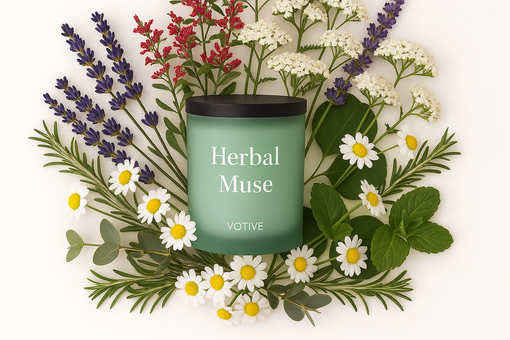
- Article published at:
- Article author: Daniela Stancescu
- Article tag: aromatherapy candles
- Article comments count: 0
Drawer menu

Candles are an essential part of many homes, bringing light, warmth, and pleasant aromas. However, in recent years, concerns about the potential toxic effects of certain types of candles have increased. In this article, we will explore how toxic candles can be, the associated risks, and how to choose safer candles for your health and your family's well-being.

Paraffin wax is one of the most common types of wax used in candles. It is derived from petroleum products, and when burned, it can emit harmful chemicals such as toluene and benzene, both known carcinogens.
Risks:

Soy wax is a more eco-friendly and healthier alternative to paraffin wax. It is derived from soybean oil, a natural and renewable resource.
Advantages:

Beeswax is another type of natural wax produced by bees. It is considered one of the safest options for candles.
Advantages:

Candle wicks can also be a source of toxicity. Wicks that contain lead have been banned in many countries, but it is important to ensure your candles do not contain such wicks. Cotton or wood wicks are safer alternatives.

Many scented candles contain either essential oils or synthetic fragrances. While essential oils are generally considered safe, synthetic fragrances can contain phthalates and other chemicals that can be harmful to health.
Recommendation: Choose candles that use only pure essential oils for fragrance and avoid products containing synthetic fragrances.

To minimize the risks associated with using candles, here are some useful tips:
Candles can add warmth and comfort to our homes, but it is important to be aware of the potential risks associated with certain types of wax and fragrances. By choosing candles made from natural and non-toxic materials, such as soy wax or beeswax, and avoiding synthetic fragrances, we can create a healthier and safer environment for ourselves and our loved ones.
To discover a selection of safe and eco-friendly candles, visit Votive.ro.
Related Articles


